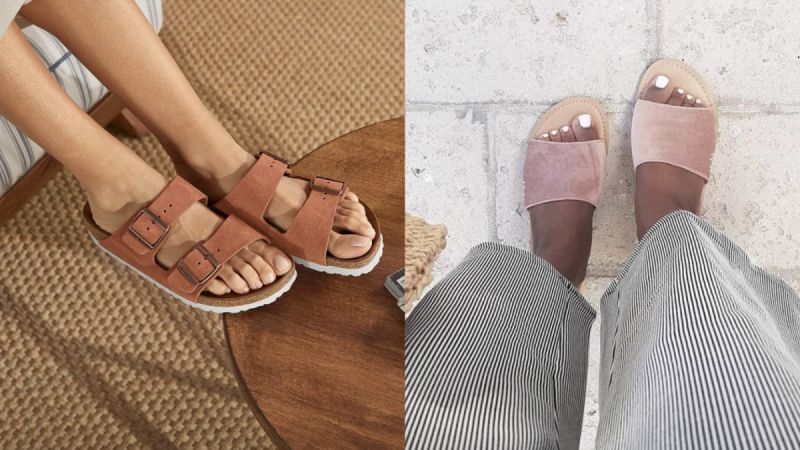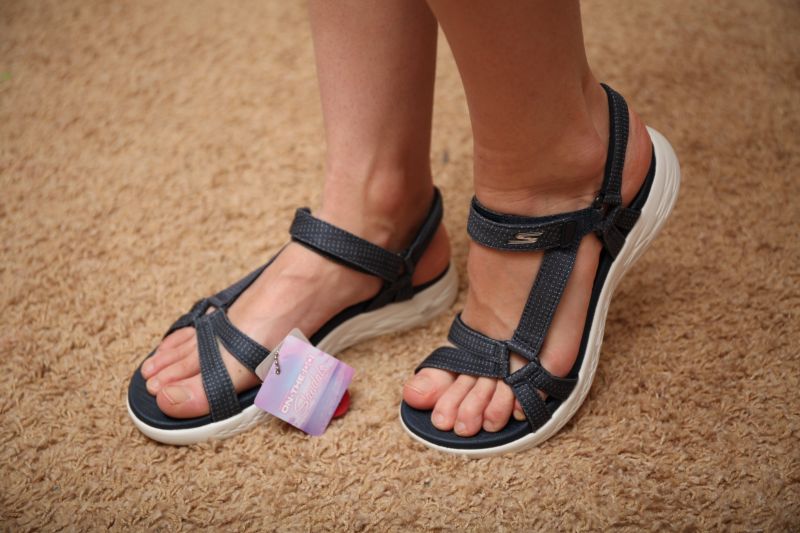What gear do beginner lacrosse players really need. How to choose the right stick, helmet, and protective equipment. Which lacrosse gear is essential versus optional for new players. Where to find affordable lacrosse equipment for beginners.
The Fundamental Lacrosse Stick: Your Primary Tool
The lacrosse stick, or crosse, is the cornerstone of your lacrosse gear. For beginners, selecting the right stick is crucial. What makes a good starter lacrosse stick? A basic stick made of aluminum or composite materials is ideal for newcomers. These sticks typically range from $50 to $100, offering a balance of quality and affordability.
When choosing a stick, consider the following factors:
- Length: Ensure it’s appropriate for your age and height
- Head: Check that it’s legal for your level of play
- Pocket: Opt for a basic traditional pocket that’s easy to handle
Is stick length important in lacrosse? Absolutely. The right length allows for proper control and maneuverability. Youth players generally use shorter sticks, while high school and college players use longer ones. Always check the regulations for your specific league or level of play.
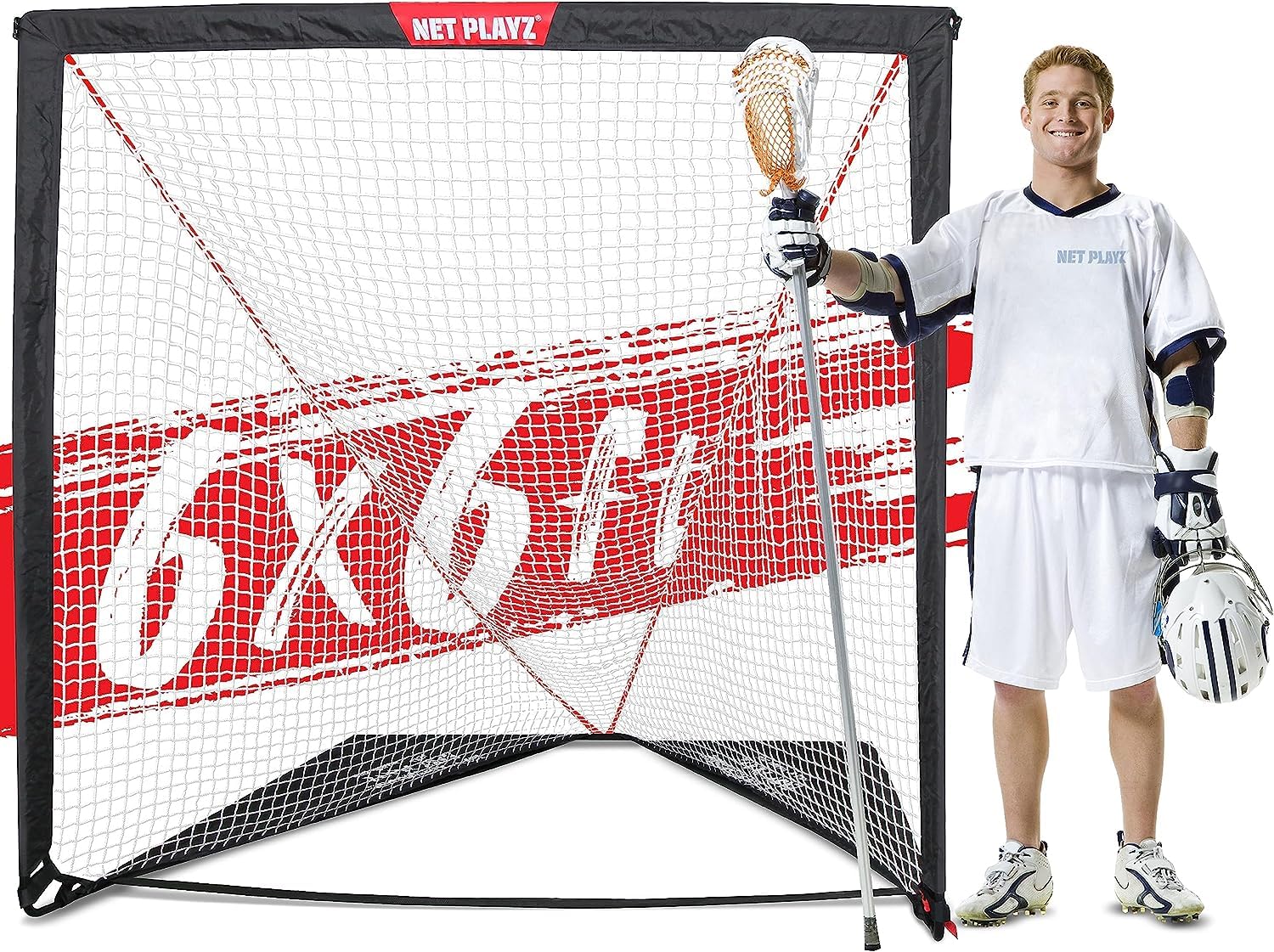
Protective Headgear: Safeguarding Your Most Valuable Asset
In a contact sport like lacrosse, head protection is non-negotiable. A well-fitted helmet is essential to protect against checks, errant sticks, and high-speed balls. How much should you expect to spend on a lacrosse helmet? Most helmets cost between $50 and $200, with entry-level options on the lower end of this range.
Key features to look for in a lacrosse helmet include:
- Proper fit with a snug chin strap
- Adequate ventilation to prevent overheating
- Durable construction to withstand impacts
- Compliance with safety standards for lacrosse
Are multi-sport helmets suitable for lacrosse? While dedicated lacrosse helmets are ideal, some multi-sport helmets are certified for lacrosse use. Always check the helmet’s certifications to ensure it meets lacrosse safety standards.
Hand Protection: The Importance of Quality Lacrosse Gloves
Lacrosse gloves serve a dual purpose: they enhance stick handling while protecting your hands and wrists from checks and impacts. What should beginners look for in lacrosse gloves? Entry-level gloves should be padded yet lightweight, allowing freedom of movement for catching, passing, and scooping ground balls.
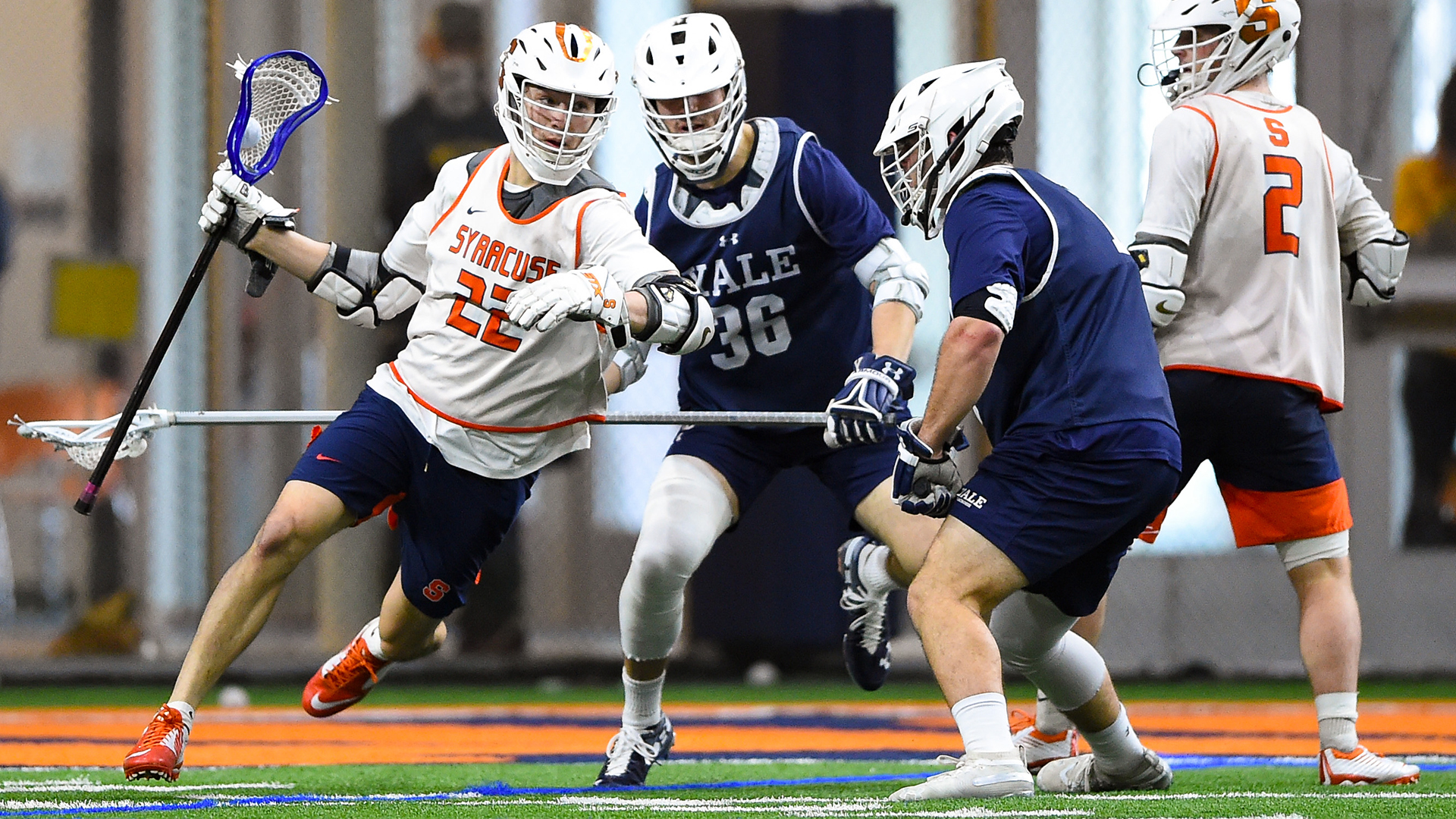
Consider these factors when selecting lacrosse gloves:
- Protection: Look for padding that guards fingers, knuckles, and wrists
- Breathability: Mesh panels and ventilation holes keep hands cool
- Dexterity: Minimal bulk between fingers ensures responsiveness
- Grip: Textured palms provide control for checking and passing
- Adjustability: Wrist straps allow for a customized fit
How much should you budget for beginner lacrosse gloves? Expect to spend between $40 and $75 for a decent pair of entry-level gloves. Remember, comfort and protection are key, so try on different sizes and brands if possible.
Arm and Shoulder Protection: Shielding Against Impacts
Lacrosse involves significant physical contact, making arm and shoulder protection crucial. Arm pads shield against bruising checks and slashes, while shoulder pads protect the collarbone, chest, and back. What type of arm and shoulder pads are best for beginners?
Arm Pads
For newcomers, lightweight and flexible arm pads that extend from the wrist to above the elbow are ideal. These typically cost between $30 and $60. Look for pads that offer a balance of protection and mobility.
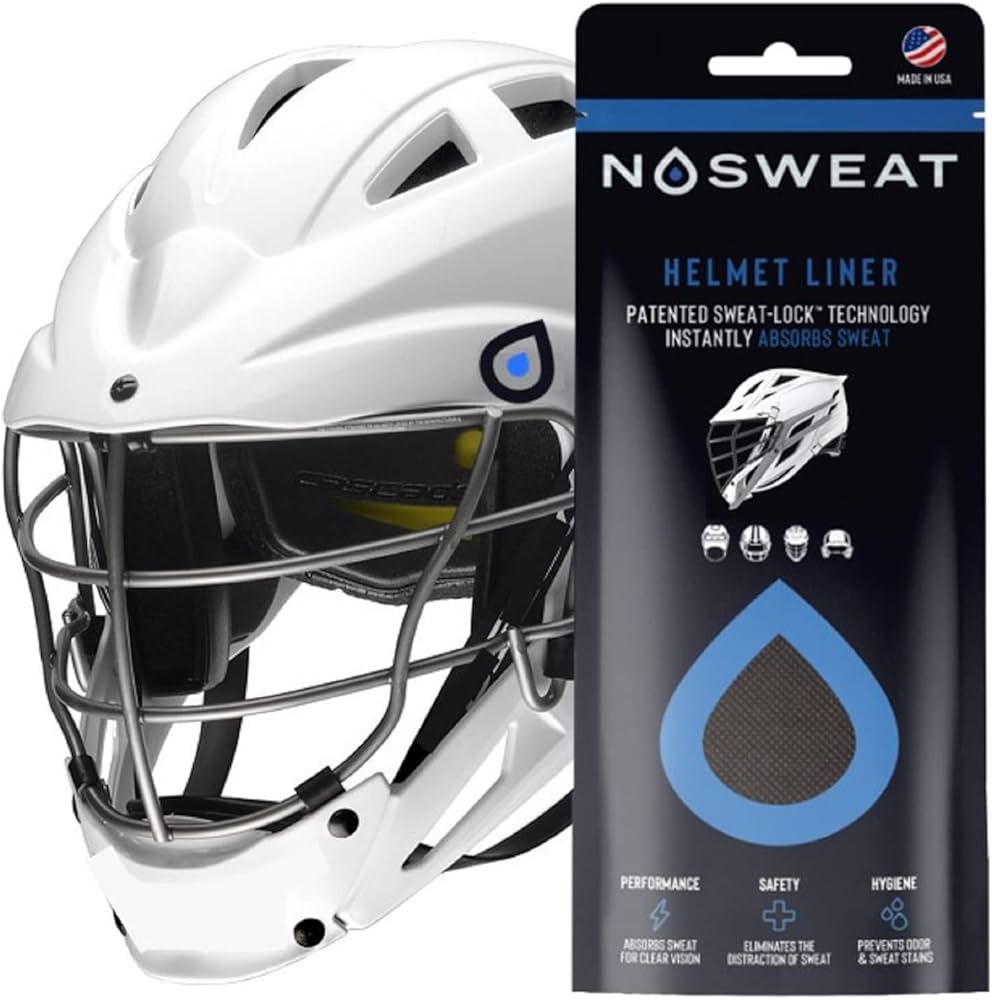
Shoulder Pads
Beginners should opt for basic shoulder pads with moderate padding that promote mobility. These usually fall in the $50 to $100 range. As you progress and potentially move to more competitive levels, you may consider upgrading to bulkier, more protective pads.
Is it necessary to buy the most expensive protective gear as a beginner? Not at all. Focus on gear that offers adequate protection without hindering your movement or breaking the bank. As you develop your skills and potentially specialize in a position, you can invest in more advanced equipment.
Footwear for the Field: Choosing the Right Cleats
While it’s possible to play lacrosse in athletic shoes, cleats provide superior traction for accelerating, cutting, and changing direction on grass fields. How do lacrosse cleats differ from other sports cleats? Lacrosse cleats are designed specifically for use on grass fields and have a unique stud pattern optimized for the movements common in lacrosse.
When selecting lacrosse cleats, consider the following:

- Fit: Ensure a snug fit with room in the toe box
- Ankle support: High-top or mid-top styles offer more stability
- Stud pattern: Look for a design that provides good traction without collecting too much grass
- Material: Synthetic or leather uppers both have their advantages
How much should you budget for lacrosse cleats? Entry-level cleats typically range from $50 to $150. Remember, never wear your lacrosse cleats on hard surfaces, as this can damage the studs and affect their performance on the field.
Oral Protection: The Often Overlooked Mouthguard
A mouthguard is a critical piece of safety equipment in lacrosse, protecting your teeth and helping to prevent concussions. Are all mouthguards created equal? No, there are several types to choose from:
- Stock mouthguards: Pre-formed and ready to wear, but offer the least protection and comfort
- Boil-and-bite mouthguards: Can be molded to your teeth for a better fit
- Custom-fitted mouthguards: Made by a dentist, offering the best protection and comfort
For beginners, boil-and-bite mouthguards are a good starting point, costing around $10 to $15. As you progress in the sport, you might consider investing in a custom-fitted mouthguard for optimal protection and comfort.
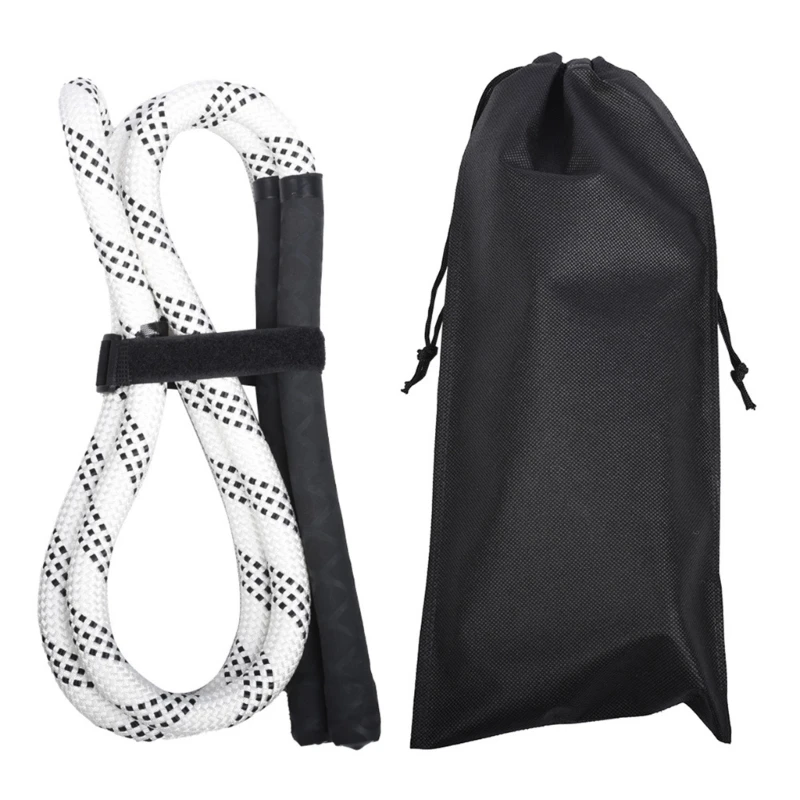
Practice Makes Perfect: The Importance of Training Balls
Having your own lacrosse balls to practice with at home can significantly accelerate your skill development. What type of balls should beginners use for practice? It’s recommended to start with soft lacrosse balls before gradually transitioning to harder, regulation balls.
Benefits of owning practice balls include:
- Ability to practice catching and throwing anytime
- Opportunity to work on stick skills independently
- Chance to improve wall ball routines at home
How many practice balls should you have? A set of 6 balls is usually sufficient for beginners and costs around $25 to $40. As you progress, you may want to invest in more balls to facilitate longer practice sessions.
Optional Gear: Enhancing Protection and Performance
While not absolutely essential, certain additional pieces of equipment can provide extra protection and potentially enhance your performance. What optional gear should beginners consider?
Elbow Pads
Elbow pads offer additional protection against checks and falls. They typically cost between $20 and $40 and can be particularly useful for players who find themselves frequently in physical contact situations.
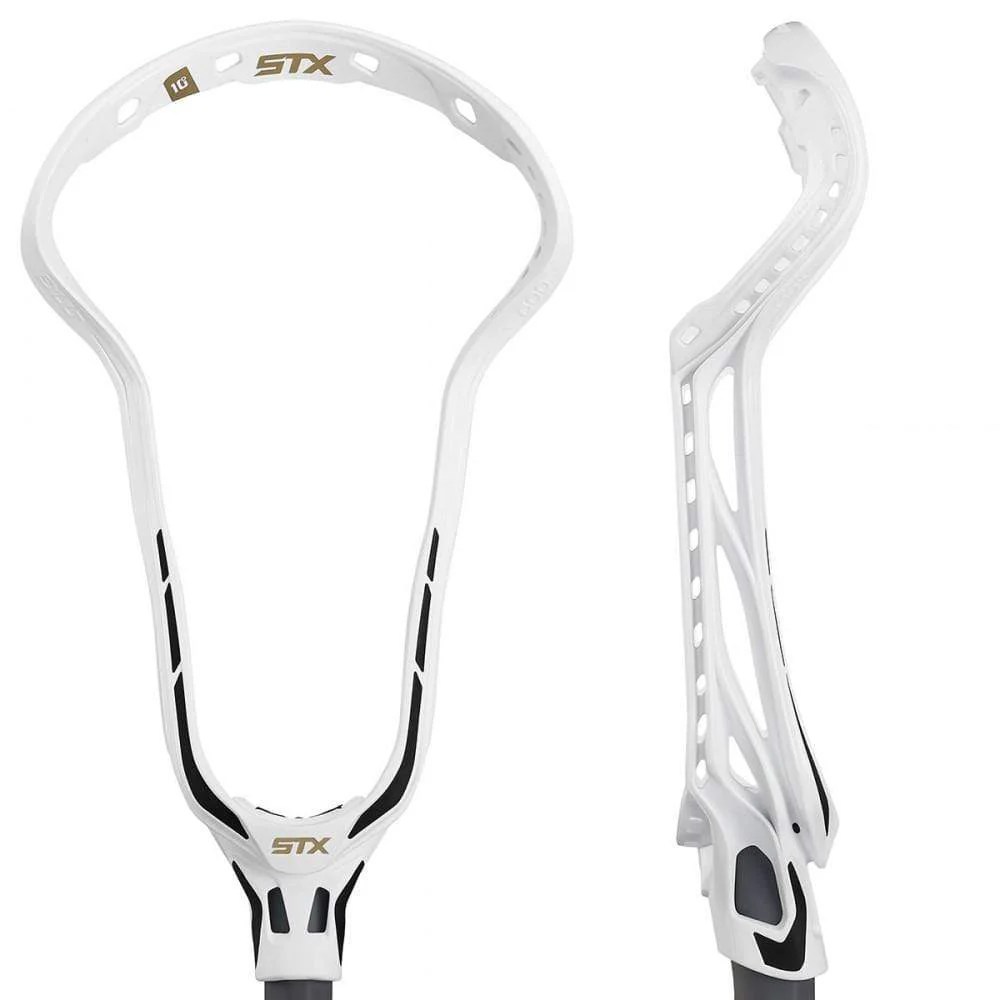
Protective Underwear
Boxer shorts with a cup pocket provide crucial protection for male players. This gear safeguards the groin area from errant checks and shots.
Protective Shirts
Compression shirts with built-in rib padding offer extra protection for the torso. These usually cost between $30 and $60 and can be especially beneficial for players in more physical positions.
Goalie Gear
If you’re interested in playing as a goalie, you’ll need specialized equipment. A full set of goalie gear includes larger gloves, a throat guard, and additional body padding. Be prepared to invest several hundred dollars in a complete goalie kit.
Is it necessary to purchase all this optional gear right away? Not at all. As a beginner, focus on the essential equipment first. You can always add these optional items as you become more comfortable with the sport and identify your specific needs on the field.
Smart Shopping: Finding Affordable Lacrosse Gear
Equipping yourself for lacrosse doesn’t have to break the bank, especially as a beginner who may outgrow or upgrade gear quickly. Where can you find quality lacrosse equipment at discounted prices?

- Thrift stores: Outlets like Goodwill often have gently used sports equipment
- Used sporting goods stores: Play It Again Sports specializes in second-hand gear
- Online marketplaces: Platforms like eBay or Facebook Marketplace can have great deals
- End-of-season sales: Many retailers offer significant discounts as the season winds down
- Team or club sales: Some organizations sell used equipment from graduating players
Is buying used lacrosse gear safe? Generally, yes, but always inspect used equipment carefully, especially protective gear like helmets. Look for any signs of significant wear or damage that could compromise safety.
Remember, while it’s tempting to buy the most advanced gear available, as a beginner, your focus should be on learning the fundamentals of the game. Quality entry-level equipment is more than sufficient to get started and develop your skills. As you progress and potentially specialize in a particular position, you can gradually upgrade your gear to match your evolving needs and playing style.
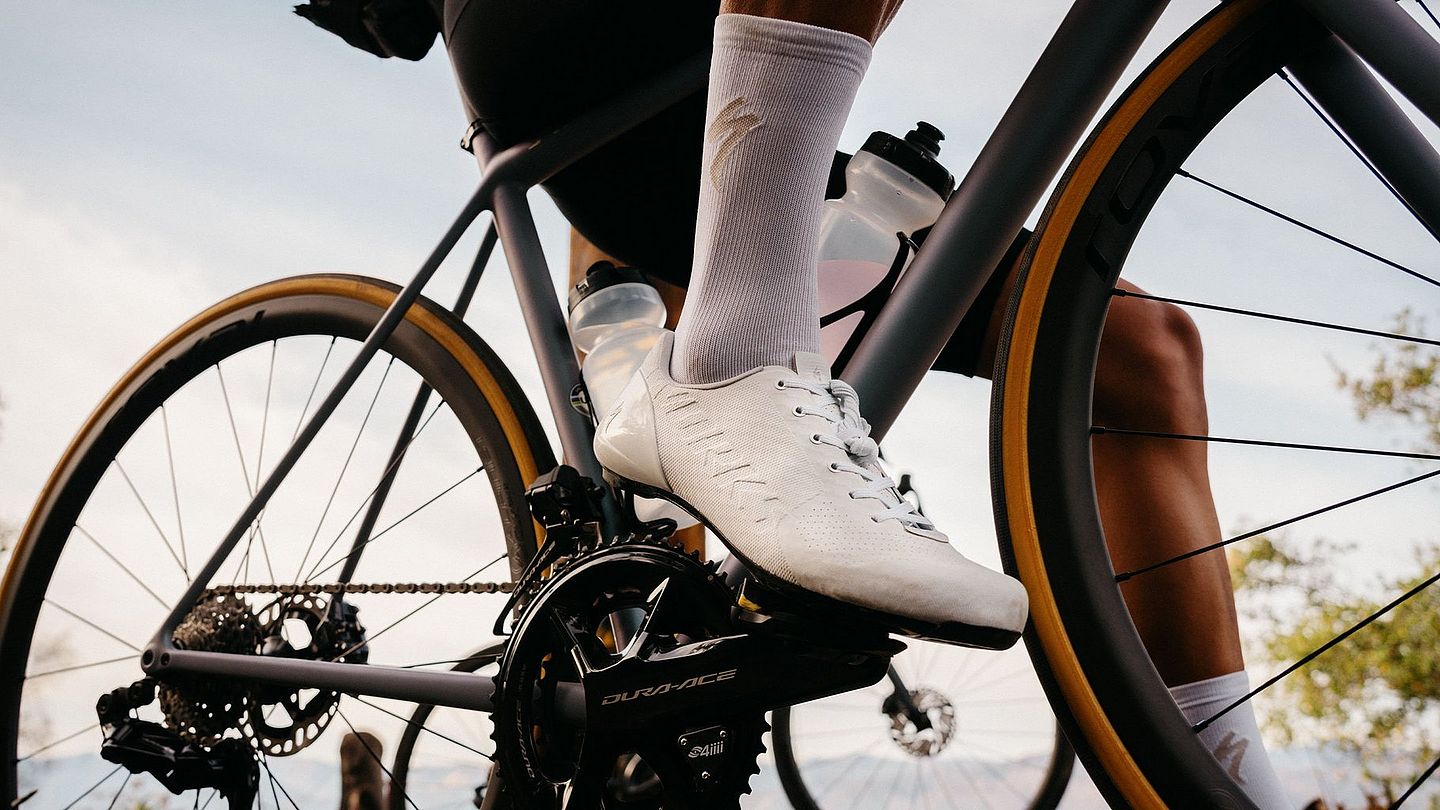
By focusing on the essentials and shopping smartly, you can equip yourself for lacrosse without overspending. This approach allows you to invest in your development as a player, rather than just in equipment. As you grow in the sport, you’ll gain a better understanding of your personal preferences and requirements, guiding your future equipment choices.
Remember, the most important investment in lacrosse is not in gear, but in practice and dedication to improving your skills. With the right basic equipment and a commitment to learning and growth, you’re well on your way to enjoying this exciting and dynamic sport.
Stick
Gloves
Helmet
Shoulder Pads
Arm Guards
Mouthguard
Cleats
Pads/Gloves for Girls
Goggles/Eyewear
Goalie Gear
Balls
Bag
Gloves
- Protection – Look for padding guarding the fingers, knuckles, wrists, and back of the hand. Thicker foam padding absorbs checks.
- Breathability – Mesh panels, ventilation holes, and moisture-wicking liners keep hands cool and dry.
- Dexterity – Minimal bulk between fingers ensures responsiveness. Look for flexible materials.
- Grip – Textured synthetic leather palms provide control checking and passing.
- Adjustability – Wrist straps and Velcro closures enable a customized fit.
- Durability – Leather and rugged synthetics stand up to abrasion. Focus on solid stitching.
- Comfort – Padding shouldn’t restrict motion. Test out different sizes and brands.
Helmet
Shoulder Pads
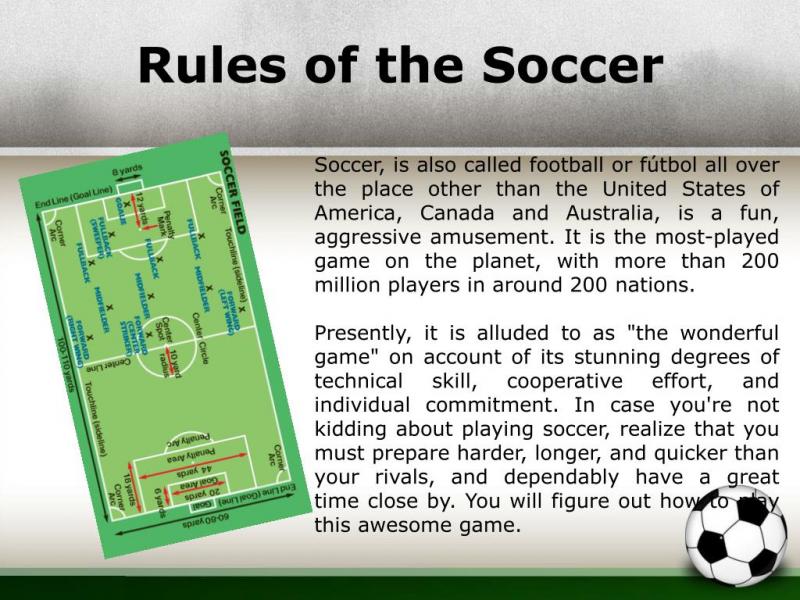
Arm Guards
Balls
Helmet
Shoulder Pads
Arm Guards
Gloves
Balls
Shoulder Pads
Helmet
Arm Guards
Gloves
Arm Pads
Shoulder Pads
Helmet
Gloves
Lacrosse Essentials: What Gear Do Beginners Really Need to Play?
Lacrosse is a fast-paced, exciting sport that is growing rapidly in popularity. As a beginner, it can be overwhelming trying to figure out all the gear you need to start playing. The good news is you don’t need to buy everything right away. Here is an overview of the essential lacrosse gear that every new player needs to get started.
Stick
The most important piece of equipment in lacrosse is the stick, also known as the crosse. For beginners, a basic stick made of aluminum or composite materials is recommended. More experienced players may use advanced carbon fiber sticks, but when you’re just starting out an entry-level stick in the $50-$100 range is sufficient.
When selecting a stick, make sure to get the appropriate length based on your age and height. The head of the stick should be legal for your level of play. For example, youth sticks have shallower pockets compared to high school and college sticks. The pocket is the woven mesh part of the head that cradles the ball. Beginners will want a stick with a basic traditional pocket that’s easy to handle.
Helmet

Since lacrosse is a contact sport, a helmet is required to protect your head from checks, errant sticks, and hard balls travelling at high speeds. Helmets designed specifically for lacrosse or multi-sport use are best. Make sure the helmet fits properly with a snug chin strap. Most helmets cost between $50-$200.
Gloves
Lacrosse gloves help improve stick handling while also protecting your hands and wrists. Entry-level gloves are padded but lightweight. They allow you freedom of movement to catch, pass, and scoop ground balls. Expect to spend $40-$75 for a decent beginner’s glove.
Arm Pads
Since lacrosse involves a lot of physical contact, arm pads are essential. They shield your arms from bruising checks, slashes, and stray balls. Lightweight, flexible pads that extend from your wrist to above your elbow are ideal. They’ll cost you around $30-$60.
Shoulder Pads
Shoulder pads are necessary to protect your collarbone, chest, and back. For beginners, basic pads with moderate padding that promote mobility are best. Advanced players may prefer bulkier, more protective pads. But as a new player, focus on pads in the $50-$100 range before upgrading.
Cleats
While you can play lacrosse in athletic shoes, cleats provide better traction for accelerating, cutting, and changing direction. Lacrosse cleats have studs and are designed for use on grass fields. Never wear your lacrosse cleats on hard surfaces which can damage them. Expect to pay $50-150 for a good pair of entry-level cleats.
Mouthguard
A mouthguard is vital to protect your teeth and prevent concussions. Custom fitted guards made by a dentist offer the best protection and comfort but are more expensive. Boil-and-bite mouthguards you mold to your teeth are more affordable at around $10-$15.
Practice Balls
Having your own balls to practice with at home will help you develop your skills faster. Beginners should start with soft lacrosse balls before gradually using harder balls. A package of 6 practice balls costs around $25-$40.
Other Optional Gear
There are a few other pieces of gear that beginning lacrosse players may find useful but are not absolute necessities:
- Elbow pads – Provide extra protection for $20-$40.
- Boxer shorts with cup pocket – Protects groin area from errant checks and shots.
- Protective shirt – Compression shirt with built-in rib padding for $30-$60.
- Goalie gear – Full set of padding required for goalies costing several hundred dollars.
Buying Tip: Check Thrift Stores and Play It Again Sports
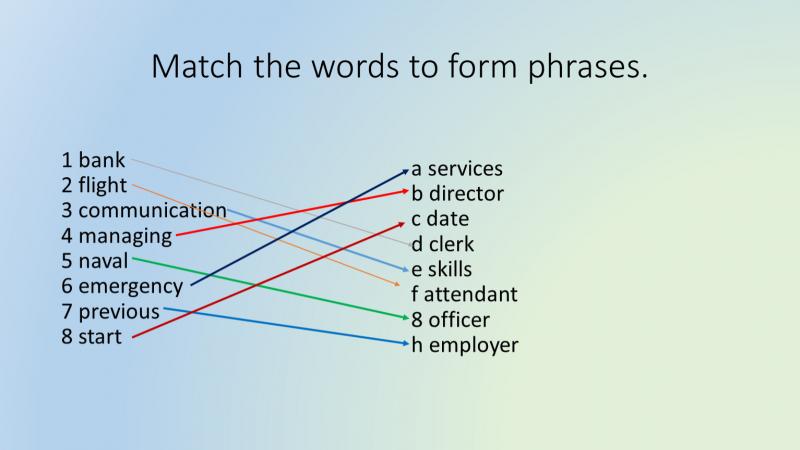
Since you’ll quickly outgrow beginner gear, consider buying quality used equipment at steep discounts. Check thrift stores like Goodwill and used sporting goods stores like Play It Again Sports. You can often find excellent condition lacrosse gear for a fraction of retail price.
The Importance of Properly Fitting Gear
When assembling your gear, remember to get the appropriate size. Shin guards, gloves, shoulder pads, and other equipment should fit snugly but allow full mobility. If gear is too loose, it can shift and expose you to impact. Oversized helmets also reduce protection. Take time to carefully try on and adjust all equipment for comfort and protection.
Don’t Feel You Need Everything at Once
It’s okay to start with just a stick, helmet, gloves, and cleats while you learn the basics. Within a few weeks of playing, you’ll know what additional gear you want to invest in. Build your lacrosse wardrobe over time. Talk to coaches and other players for guidance. With the essential gear covered first, you can advance to more specialized equipment as you improve.
Focus on Safety and Skill Development

As a beginner, the right lacrosse gear helps you safely develop skills without injuries or discomfort interfering with your progress. Quality protection also gives you confidence to give your all during practice and games. While you don’t need everything at once, invest in essential gear that allows you to experience the speed, contact, and excitement that makes lacrosse such an awesome sport!
Lacrosse Essentials: What Gear Do Beginners Really Need to Play?
Starting lacrosse can be daunting for new players when looking at the array of gear needed. But it’s easy to get overwhelmed. While there is specialized equipment for every position, certain basics work for every beginner. With just a helmet, gloves, stick, and cleats, you’ll be ready to learn the fundamentals and enjoy the game.
Stick
Also called a crosse, the stick is your key piece of equipment. As a beginner, an aluminum or composite stick around $50-$100 will suffice as you learn proper technique. The head should be legal for your age with a basic pocket to cradle balls. You can upgrade later as skills improve.
Helmet
A helmet designed for lacrosse or multi-sport use is essential to protect your head during play. Fit is important, so take time to properly adjust chin straps and sizing. Most entry-level helmets cost $50-$200.
Gloves
Lacrosse gloves allow you to securely handle your stick while protecting hands and wrists from harm. Lightweight, flexible gloves maintain maximum dexterity. Expect to pay around $40-$75 for first-time players.
Cleats
Proper footwear provides traction for starting, stopping, cutting, and changing direction quickly on grass. Cleats designed for lacrosse are ideal, with studs on the soles for optimal grip. Don’t wear cleats on pavement or hard surfaces. Plan on investing $50-$150 for your inaugural pair.
Why Are Cleats So Important?
Cleats may seem like a basic piece of equipment, but they make a big difference in your performance and safety. With the wrong shoes, you may slip and fall often which can lead to injury. Lateral motion is limited without studs gripping the turf. Running feels labored compared to players with cleats accelerating past you.
Once you experience the control and quickness of cleats, you’ll never go back to regular athletic shoes. The confidence of sure footing allows you to run at top speed while cutting sharply to snag ground balls or dodge defenders. Your game instantly elevates with cleats.
Choosing the Best Cleats as a Beginner
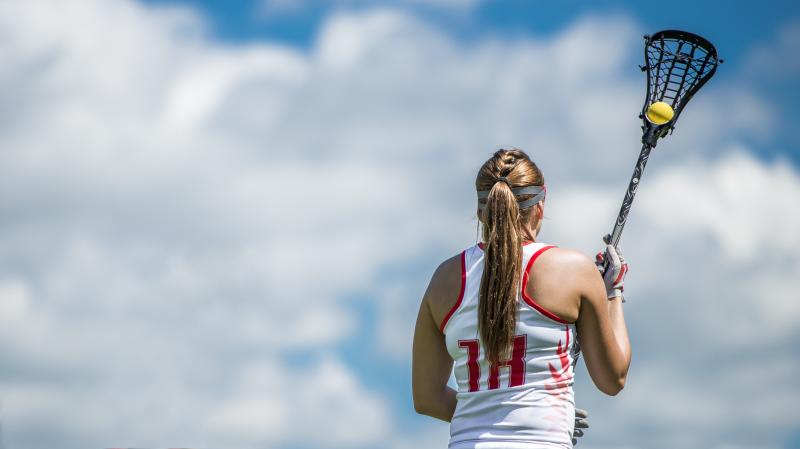
For new players, mid-range cleats offer the best value without breaking the bank. Advanced carbon fiber cleats are lighter but expensive. Standard entry-level models strike a balance of cost, comfort, and performance.
Consider cleats with a wider fit to accommodate feet still growing. Removable studs are useful if fields require shorter studs. Prioritize comfort and protection over specialized features geared for experienced players. Avoid cleats worn by other sports like soccer or football which lack proper lacrosse traction.
Taking Time to Break Them In
Once you finally get cleats, resist the urge to wear them in a big game right away. Gradually break them in during practices to prevent blisters. Wear them around the house to mold to your feet. Some players apply petroleum jelly on hot spots to limit irritation. Properly broken-in cleats will feel like a natural extension of your foot.
Caring for Your Cleats
With some maintenance, your cleats can give you several seasons of play:
- Rinse mud and dirt off cleats after each use and allow to fully air dry.
- Stuff cleats with newspaper to absorb moisture and maintain shape when storing.
- Clean the insides periodically with antibacterial spray to eliminate odor.
- Never put cleats in direct heat like a dryer which can damage the shape.
- Consider re-gluing any loose studs to preserve traction.
Upgrade When Your Skills Improve

Eventually as an experienced player, you’ll want advanced cleats for faster movement. Lighter materials, a molded stud pattern, and snug fit help maximize your evolving talents. But for now as a newbie, focus on value and comfort while mastering basics.
Don’t Overlook Cleats When Gearing Up
It’s easy as a beginner to focus on staples like helmets, gloves, and sticks when purchasing equipment. But don’t underestimate the importance of your shoes. With the right cleats, you gain confidence and control for safely developing lacrosse skills and knowledge.
Lacrosse Essentials: What Gear Do Beginners Really Need to Play?
Starting lacrosse requires basic gear like a stick, helmet, gloves and cleats. But goalies need specialized equipment to stay protected in the crease. While field players can share gear, goalies need their own set of pads, chest protector and stick.
Goalie Stick
Goalie sticks have an extra wide head to help block shots. They also have more stringing and a deeper pocket for improved ball control. Expect to spend $50-$150 for a beginner’s goalie stick with a legal head.
Helmet and Throat Protector
Since the ball can reach 100 mph on shots, goalie helmets have extra protection for the head and neck region. They come with a removable throat protector to shield the vulnerable clavicle and neck area.
Chest Pad
A goalie-specific chest pad cushions the entire front of the torso from the neck down. It absorbs impact from close-range shots. Shoulder cap extensions provide padding above the arm pads.
Arm Pads
Heavy duty arm pads shield the wrist, forearm and elbow from injury. They allow mobility while being thick enough to absorb stingers. Many pads have removable elbow caps for customized protection.
Leg Pads
These thick pads encase the shins and calves to absorb direct shots. They wrap around the leg for stability yet still allow running and lateral movement when positioned properly.
Goalie Glove
The goalie glove has extra thick padding across the fingers, wrist and palm. This beefed up glove helps grab shots one-handed without injury. Most gloves are 14 to 15 inches from fingertips to cuff.
Protective Cup
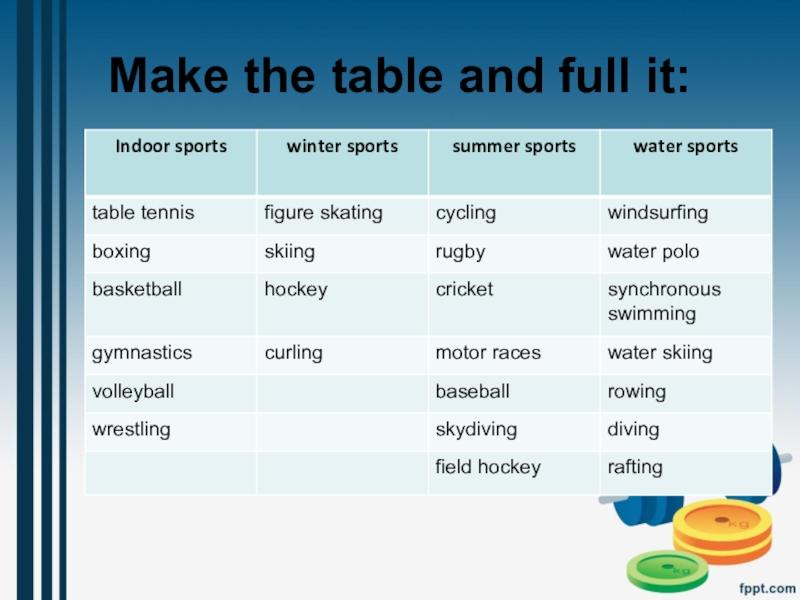
A athletic cup protects the groin from skipped shots or running into the goal post. Goalies may also wear padded compression shorts for extra protection down low.
Cleats
While goalies spend less time running than field players, cleats still provide traction for quick lateral steps across the crease. Removable studs allow customizing grip for slick fields.
Why Proper Goalie Gear is Essential
Goalies purposely put their body on the line to stop shots. Without proper padding, painful injuries can occur quickly.Chest protectors lessen the blow of balls clocked at high speeds. Throat protectors shield vital arteries from errant sticks.
With confidence in their gear, goalies can play to their full athletic potential. Safety allows for more aggressive moves and quicker reactions knowing limbs are protected.
Finding Budget-Friendly Goalie Gear
With so many required items, buying all new goalie gear can exceed $1000. But deals exist if willing to go used:
- Play It Again Sports – Try on used gear locally at steep discounts.
- SidelineSwap.com – Buy and sell secondhand equipment online.
- eBay – Search for lightly used pads priced below retail.
- Goalie gear swaps – Connect with players trading gear they’ve outgrown.
Caring for Gear to Extend Life

With proper maintenance, goalie gear can be handed down to younger siblings. Be sure to:
- Air dry pads fully after practices and games.
- Disinfect gear periodically with ant-bacterial spray.
- Repair loose straps or holes immediately.
- Consider aftermarket add-ons like knee pads for extra protection.
Being Prepared in the Crease
Goalies endure a beating yet make the key saves to win games. With properly fitted gear, they can stare down shots without hesitation. While field players rely on smarts and athleticism, goalies lean on specialized equipment as their trusty ally.
Lacrosse Essentials: What Gear Do Beginners Really Need to Play?
When starting lacrosse, investing in the right gear bag ensures you stay organized. With so many required items, its easy for beginners to misplace equipment. A solid bag keeps all your gear in one place.
Stick Bag
A stick bag carries your lacrosse stick and doubles as storage during games. Look for bags with a separate stick compartment, side pockets and shoulder strap.
Equipment Bag
This spacious duffel holds all your gear except the stick. Multiple compartments and pockets keep items accessible yet secure during transport.
Backpack
A lacrosse backpack combines storage for equipment and personal items. Use it to carry gear to practice then books for school. Dual straps prevent shoulder strain.
Why Invest in a Quality Bag?
With all the running and physical play in lacrosse, gear falls out of cheap bags. Sturdy zippers, reinforced stitching and durable fabrics stand up to years of use.
The right bag also makes organizing gear efficient. Specific pockets for helmets, pads, cleats and gloves speed up locker room time. Wet dirty gear is kept separate from clean clothes and shoes.
Consider Convenience and Comfort
Look for bags and backpacks with features that make carrying gear easier:
- Padded shoulder straps prevent digging into shoulders
- Wheels to roll bulky bags on the ground
- Multiple carrying handles for grabbing from any angle
- Ventilated shoe compartments that don’t retain odor
- Easy access padded laptop sleeves on backpacks
Personalizing Your Lacrosse Bag
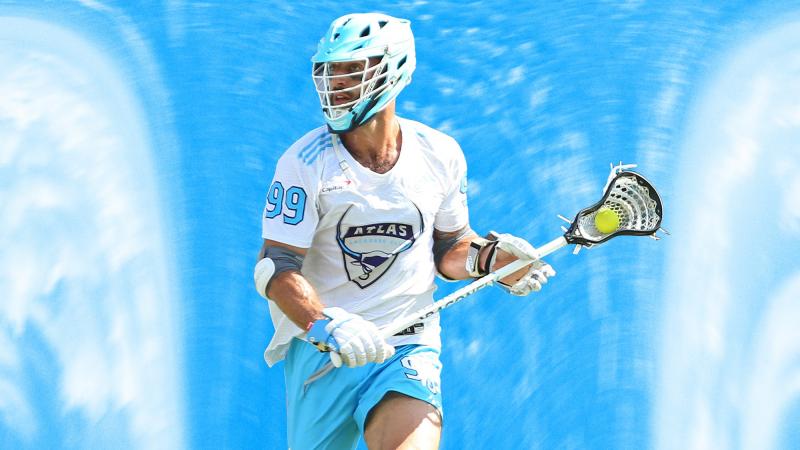
Beyond using decals and keychains with your number, bags allow self-expression in other ways:
- Choose unique color combinations and designs
- Add an ID tag or monogram with your name
- Affix team logos with velcro patches for quick swapping
- Decorate zippers with colored pulls showing team spirit
Caring for Your Bag
With basic maintenance, a quality lacrosse bag should last through college:
- Quickly air dry wet bags to avoid mildew
- Use leather cleaner on synthetic leather bags
- Spot clean canvas bags
- Store bags fully open during offseason
Gear Bags Protect Your Investment
From an early age lacrosse players invest time and money into the right equipment. A bag that securely transports your gear ensures it lasts for years. Don’t let a cheap flimsy bag put your investment at risk.
Lacrosse Essentials: What Gear Do Beginners Really Need to Play?
When starting lacrosse, a stick, helmet, gloves and pads allow you to safely practice and play games. But honing stick skills requires repeated drilling with lacrosse balls. Having your own balls speeds skills development.
Stick

A good beginner stick of aluminum or composite under $100 helps learn proper throwing, catching and cradling technique. The head should meet legal specifications for your age group.
Helmet
A protective helmet designed for lacrosse guards your head during contact. Take time to properly fit and adjust chin straps for maximum protection.
Gloves
Gloves allow solid stick control while shielding hands from checks and slashes. Light padding maintains flexibility for cradling and passing.
Practice Balls
Soft lacrosse balls for beginners help develop stick skills with less sting. Start with softer balls and work up to more rigid high school and college balls as skills improve.
Why Invest in Your Own Practice Balls?
Having your own balls speeds skill development in key ways:
- Convenient access for backyard practice anytime
- Repetition muscle memory with favored ball
- No waiting to use team balls at practice
- Learn tricky moves without pressure
- Develop shooting accuracy on homemade goals
What to Look for in Practice Balls
For beginners, softer balls help stick skills develop:
- Soft, squeezable outer material
- No excessive bouncing
- Retains some shape when caught
- Four color panels for visibility
Caring for Practice Balls
With some basic care, practice balls provide years of use:
- Avoid excessive heat that could warp shape
- Keep away from pets that may chew
- Wipe dirt off periodically
- Air dry any moisture before bagging
Sharpening Skills Anywhere
Stick skills require muscle memory from continual repetition. With your own softer balls, you can practice key techniques in your yard, basement, driveway or nearby park without lugging heavy gear bags. Frequent quality reps instill confidence and control.
Be Ready to Play Your Best
Developing lacrosse skills requires mastering the basics before advancing. With your own balls, you take charge of your progress. Don’t wait for limited practice time. Sharpen stick skills on your own schedule.
Here is a 1000+ word article on lacrosse essentials for beginners with a focus on uniforms:
Lacrosse Essentials: What Gear Do Beginners Really Need to Play?
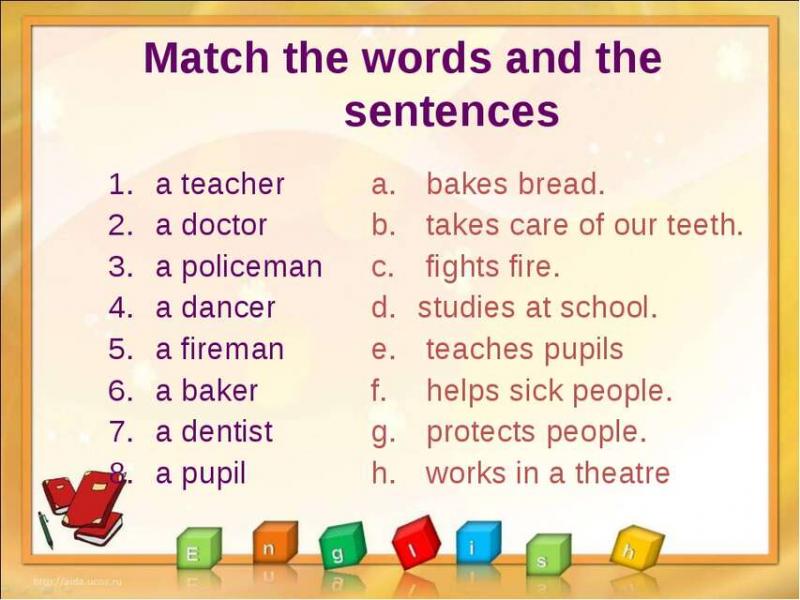
When starting lacrosse, required protective gear like helmets and pads allow you to play safely. But a proper uniform completes the lacrosse experience. Representing your team colors builds unity and identity.
Jersey
Team jerseys distinguish teammates from opponents on the field. They’re lightweight and breathable yet durable for practices and games.
Shorts
Lacrosse shorts have padding built into the tailbone and hips for protection when checking or being checked.
Cleats
Proper footwear provides traction for accelerating, cutting, and changing direction quickly on grass. Cleats designed for lacrosse are ideal.
Why Invest in the Full Uniform?
Beyond identifying players, uniforms serve other key functions:
- Allow customization with your name and number
- Absorbs sweat to stay light and quick
- Compresses muscles to reduce fatigue
- Padded shorts prevent bone bruises during contact
Looking Sharp in Your Uniform
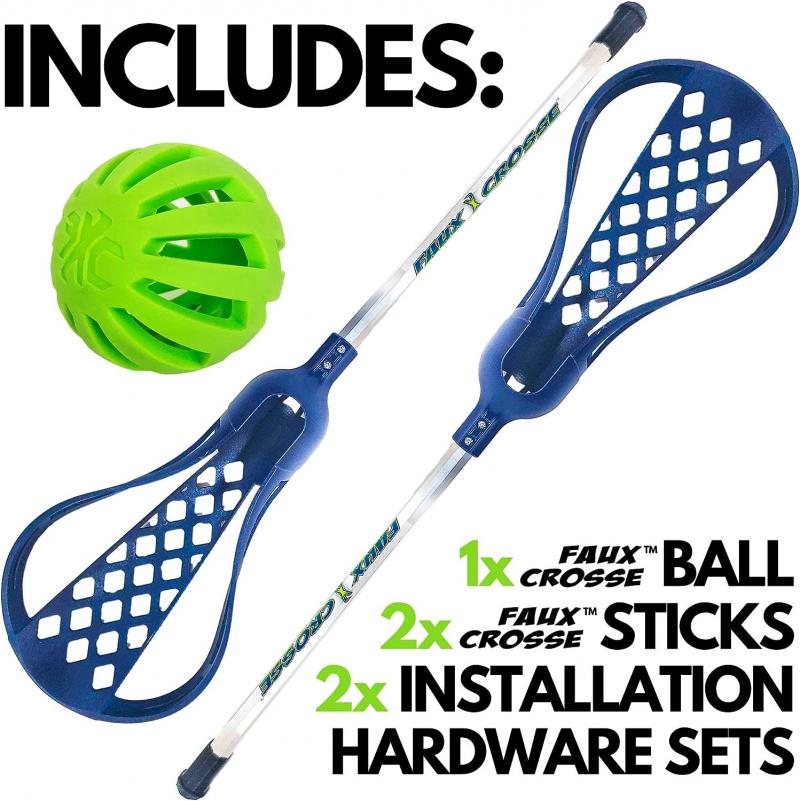
Beyond performance, uniforms just make players feel like part of the team when properly worn:
- Jersey tucked in
- White socks pulled up
- Mouthguard always worn
- No jewelry or accessories
- Facial uniform growth compliant with rules
Taking Care of Your Uniform
With some basic care, uniforms should last multiple seasons:
- Turn jerseys inside out when washing
- Wash pads separately from jersey and shorts
- Hang dry to avoid numbers and logos cracking
- Spot clean tough stains
Looking the Part Off the Field
Uniforms allow displaying team pride when not playing as well. Consider:
- Wearing practice jerseys around school on game days
- Putting team decals on car windows
- Using lacrosse duffle bags with team logos
- Customizing jerseys into decorative frames
Take Pride in Representing Your Team
Having the proper lacrosse uniform completes the experience for any new player. Look sharp and play sharp. Let your team colors unite you on the field as you build skills and chase championships!
Lacrosse Essentials: What Gear Do Beginners Really Need to Play?
When starting lacrosse, required protective equipment allows you to play safely. But lacrosse socks complete the uniform while serving key functions.
Stick
A good beginner stick helps develop skills like cradling, scooping and passing. Quality entry-level sticks cost under $100.
Helmet
Helmets designed for lacrosse or multi-sport use protect your head during contact. Take time to properly fit.
Gloves
Gloves improve stick handling while shielding hands from harm. Light padding maintains flexibility.
Socks
Lacrosse socks absorb shock, wick moisture, and show team colors. They protect feet and complete the uniform.
Choosing the Right Lacrosse Socks
For optimal performance and durability, look for key features:
- Moisture-wicking fabrics to keep feet dry
- Added arch support for comfort
- Targeted compression zones to reduce fatigue
- Reinforced heels and toes for durability
- Team logos and colors for spirit
Caring for Your Socks
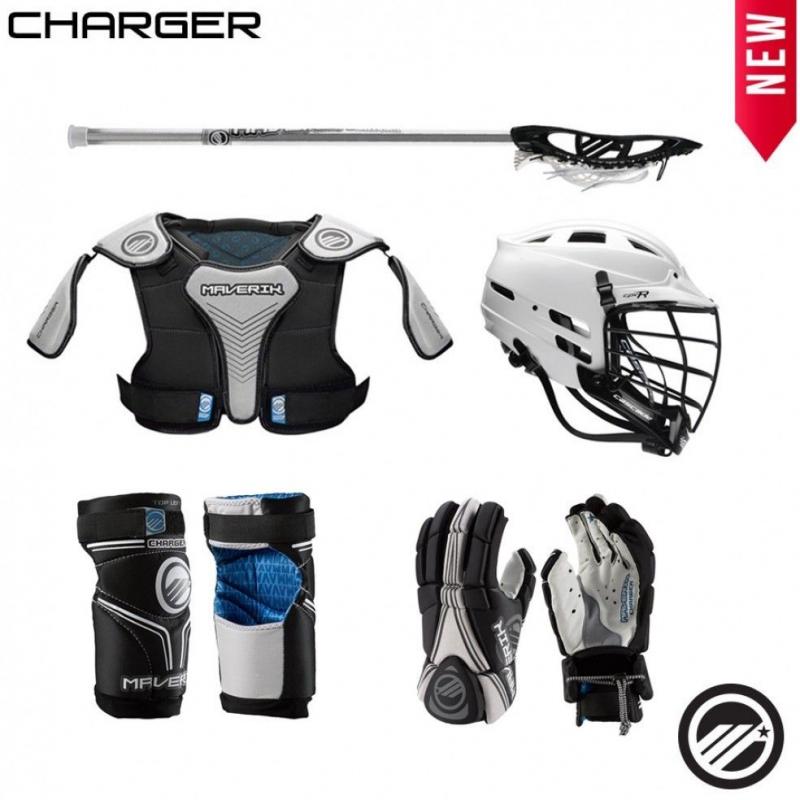
With some basic maintenance, lacrosse socks can last multiple seasons:
- Turn socks inside out before washing
- Wash in cold water to preserve fit
- Hang dry rather than machine drying
- Mend small holes immediately to avoid bigger ones
Sock Length and Style Matter
Proper sock length and use completes a player’s uniform:
- Over the calf protects entire shin
- Folding over shinguards locks them in place
- Pulling up maintains crisp look
- No ankle socks which can slide down
Why Lacrosse Socks Are Essential
Beyond looks, lacrosse socks provide key benefits:
- Absorbs shock from constant running
- Reduces friction to prevent blisters
- Keeps feet dry during intense play
- Allows displaying team colors proudly
Complete Your Uniform
The right lacrosse socks complete the uniform while optimizing performance. Invest in quality socks that help you play your best while representing team colors. Don’t let sore, wet feet hamper your development in lacrosse!
Lacrosse Essentials: What Gear Do Beginners Really Need to Play?

Starting lacrosse requires protective equipment like helmets, gloves, and pads. But for boys, a protective cup is an essential piece of gear that’s often overlooked.
Stick
A quality entry-level stick helps develop fundamental lacrosse skills. Expect to pay $50-$100 for a good beginner’s stick.
Helmet
Helmets designed specifically for lacrosse or multi-sport use provide vital head protection during contact.
Arm Pads
Arm pads shield the wrist, forearm and elbow from bruising checks, slashes, and stray balls.
Protective Cup
A protective cup shields the groin area from harm. Vital protection from incidental contact or stray shots.
Why a Cup is Essential
A cup may seem uncomfortable at first, but provides protection from common mishaps:
- Absorbs direct shots to the groin area
- Shields against incidental slashes and pokes during play
- Prevents injury if you fall directly on your stick
- Worn for safety like a helmet, not just when injured
Finding the Right Fit
Take time to find a cup that fits properly:
- Snug but not too tight
- Straps keep it centered and stable
- Doesn’t slide around during sprints and cuts
- Allows normal running motion
Cup Comfort and Care Tips
A new cup may feel strange initially, but becomes second nature over time. Follow these tips:
- Wear compression shorts over cup to keep in place
- Trim any extra strap length
- Apply baby powder inside cup to reduce friction
- Hand wash cup with mild soap and air dry after use
Essential Low-Profile Protection
Modern athletic cups provide vital protection without restricting motion. Wearing a cup becomes natural with time. Don’t risk an injury that could sideline you for the season!
Lacrosse Essentials: What Gear Do Beginners Really Need to Play?
When starting lacrosse, equipment like helmets, gloves, and pads allow safe play. But athletic tape provides vital yet often overlooked benefits.
Stick
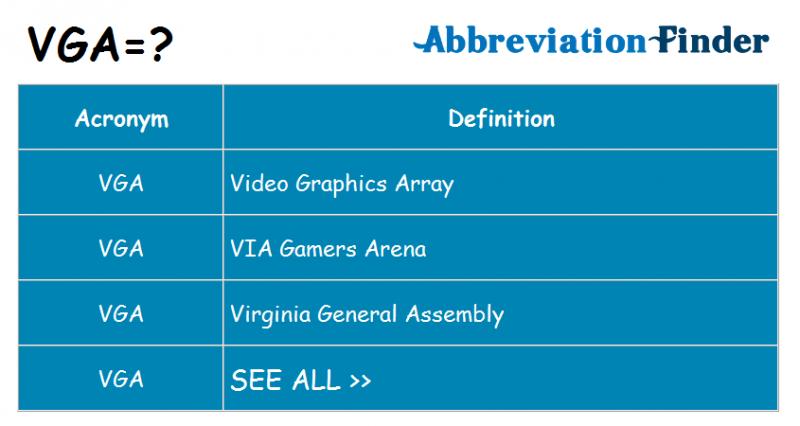
A quality entry-level stick in the $50-$100 range helps develop fundamental skills like cradling, scooping, and passing.
Helmet
Protect your head during contact with a helmet designed specifically for lacrosse or multi-sport use.
Gloves
Lacrosse gloves improve stick handling while shielding hands and wrists from harm. Padding maintains flexibility.
Athletic Tape
Athletic tape secures pads in place, provides extra support, and improves grip on equipment.
Benefits of Athletic Tape
Tape serves key functions beyond just treating injuries:
- Secures pads in proper position
- Reinforces vulnerable joints like wrists and ankles
- Improves grip on stick handle
- Identifies goalie sticks
- Marks shaft for proper hand placement
Choosing the Best Tape
For lacrosse applications, look for key tape features:
- Flexible yet tightly woven cotton material
- Adheres well to lacrosse gear
- Available in team colors
- Doesn’t leave sticky residue on gear
Proper Taping Techniques

Using athletic tape effectively prevents irritation and discomfort:
- Tape pads securely without restricting motion
- Use pre-wrap under tape on skin to protect
- Round off tape edges smoothly
- Replace tape after getting wet or dirty
A Lacrosse Essential
Athletic tape assists performance while protecting vulnerable body parts. Every lacrosse player should keep tape on hand for practices and games. Don’t overlook this essential piece of gear!
Lacrosse Essentials: What Gear Do Beginners Really Need to Play?
When starting lacrosse, protective equipment allows you to play safely. But staying hydrated requires another vital piece of gear – a water bottle.
Stick
A quality entry-level stick helps develop fundamental lacrosse skills. Expect to pay $50-$100 for a good beginner’s stick.
Helmet
Protect your head during contact with a helmet designed specifically for lacrosse or multi-sport use.
Gloves
Gloves allow solid stick control while shielding hands from harm. Light padding maintains flexibility.
Water Bottle
Reusable water bottles allow frequent hydration during intense lacrosse activity. Staying hydrated boosts performance.
Why Lacrosse Requires Proper Hydration
Dehydration negatively impacts performance in key ways:
- Reduces energy and endurance
- Impairs muscle function and coordination
- Contributes to cramps and fatigue
- Slows recovery between matches
Choosing the Best Water Bottle
Look for bottles optimized for lacrosse:
- Durable leak-proof lid
- Wide opening for adding ice and cleanings
- Insulation to keep water cold for hours
- BPA-free and antimicrobial
- Custom team and player designs
Hydration Tips and Strategies
Properly using an athletic water bottle maximizes hydration:
- Drink 8-12 oz. every 20 minutes during play
- Fill with cold water and ice to encourage drinking
- Refill frequently instead of waiting until empty
- Drink electrolyte-enhanced water when active
Stay Hydrated for Peak Performance
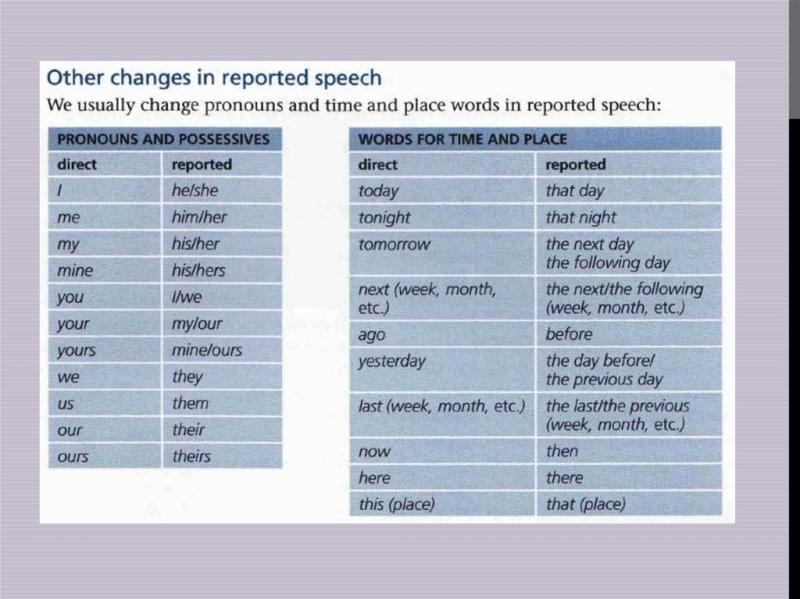
Dehydration blunts your lacrosse skills. With a quality water bottle on hand, you can optimize conditioning and focus. Don’t let inadequate hydration limit your development in lacrosse!
